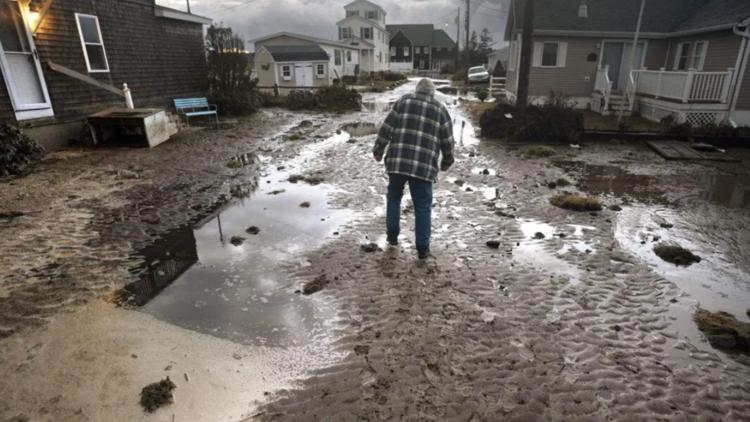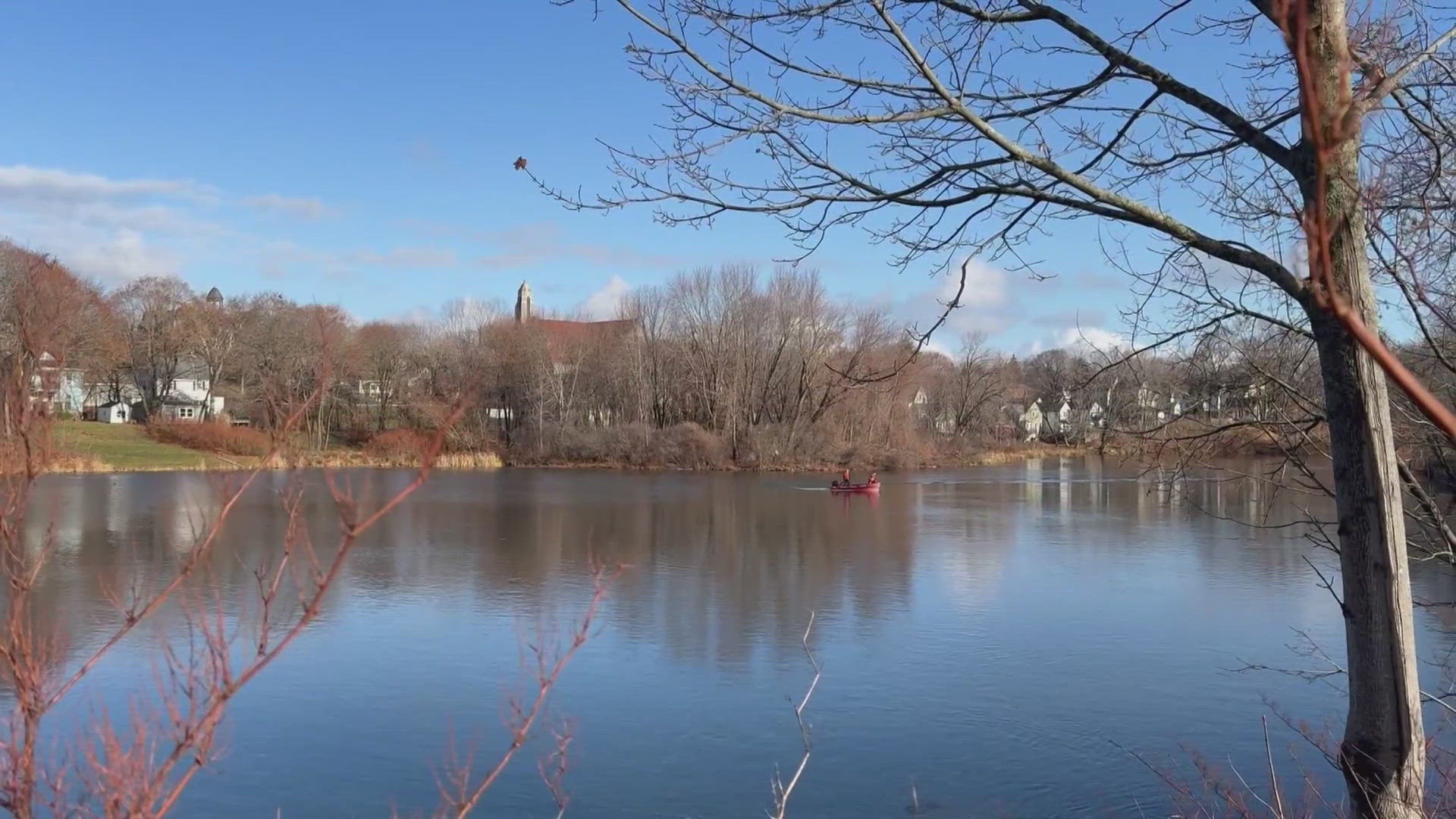MAINE, USA — To prepare Maine for future climate change-fueled storms, the state will have to overhaul local emergency response policies, massively expand technical disaster assistance for municipalities, fortify vulnerable infrastructure and adapt to expanding floodplains.
Those are the recommendations outlined by the Infrastructure Rebuilding and Resilience Commission earlier this month, whose members spent the past six months traversing Maine, grappling with the aftermath of last winter’s disastrous flooding.
Commissioners peered down Jay roads hollowed out from historic rainfall and looked out at the remnants of wharves swept into the ocean by record-high tides in Stonington, reflecting on the desperate pleas for assistance from local officials they heard along the way.
Although the report does not include cost estimates for any of the recommended programs or policies, members hope that it will provide stopgap measures for state agencies to consider ahead of potential winter storms and guide legislators towards long-term policy solutions when they reconvene in January.
“It’s a long game, as we’ve said before, but we also recognize that there are critical, immediate steps that can be taken as we design … the final approach for the future,” said Dan Tishman, a construction and real estate executive who co-chairs the commission.
The most immediate measure prescribes working across municipalities, counties and state agencies to coordinate future emergency responses — in contrast to the disjointed responses that followed last winter’s storms and left rural residents stranded. To do so, the commission recommends adopting a federal mobile phone emergency alert program and regularly practicing state-led emergency storm responses.
The interim plan also suggests using nonprofits and philanthropic organizations to provide individual relief and expediting the state permitting process to rebuild.
Reducing the exposure of state and local infrastructure will be a heavier lift. The commission outlines a variety of tools the state could develop to help towns and residents identify future risks, but leveraging the state and federal funds to implement protections requires technical expertise and resources that many communities lack.
Creating a statewide Disaster and Risk Information Center would alleviate some of those gaps, according to the commission, serving as a one-stop shop for data on flood projections and other vulnerabilities. Pair that with an expanded Maine Emergency Management Agency staff to help navigate grant opportunities, and towns would have a shot at implementing long-needed resilience projects.
“When you think about barriers, sometimes the fear of the money gets in the way of what it will take” for municipalities to pursue resilience projects, said Julie Hashem, Rockland’s community development director.
Some of the state’s own climate precautions are expensive or lofty, like finding long-term funding options to fortify critical public infrastructure and considering a statewide disaster insurance program to back them.
What happens next is reliant on the state legislature and Gov. Janet Mills, who appointed the commission. The interim report coincides with an update to the state’s climate plan, which was released on Thursday and reaffirms the state’s goals to drastically reduce greenhouse gas emissions and deploy resilience measures similar to those outlined by the commission.
To do so, the climate plan calls for the increased adoption of electric vehicles and electrification of home heating, while expanding conservation of the Maine forests and marshes that sequester carbon and protect the state from future winter storms.
A force of 30,000 clean energy workers will be in place to further the state’s renewable energy goals by 2030, according to the plan, and resilience projects for Maine infrastructure will grow alongside them.
Commission members put in stark terms the urgency to implement those resilience goals, and the limited time they have to do so.
“We’re looking for actionable (policies),” said Linda Nelson, commission co-chair and Stonington’s economic and community development director. “We’re looking for things that will help for this year as we head into storm season.”
This story was originally published by The Maine Monitor, a nonprofit and nonpartisan news organization. To get regular coverage from the Monitor, sign up for a free Monitor newsletter here.



